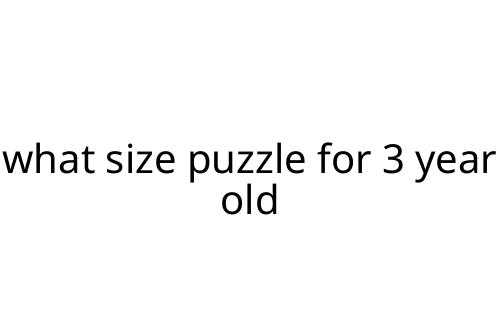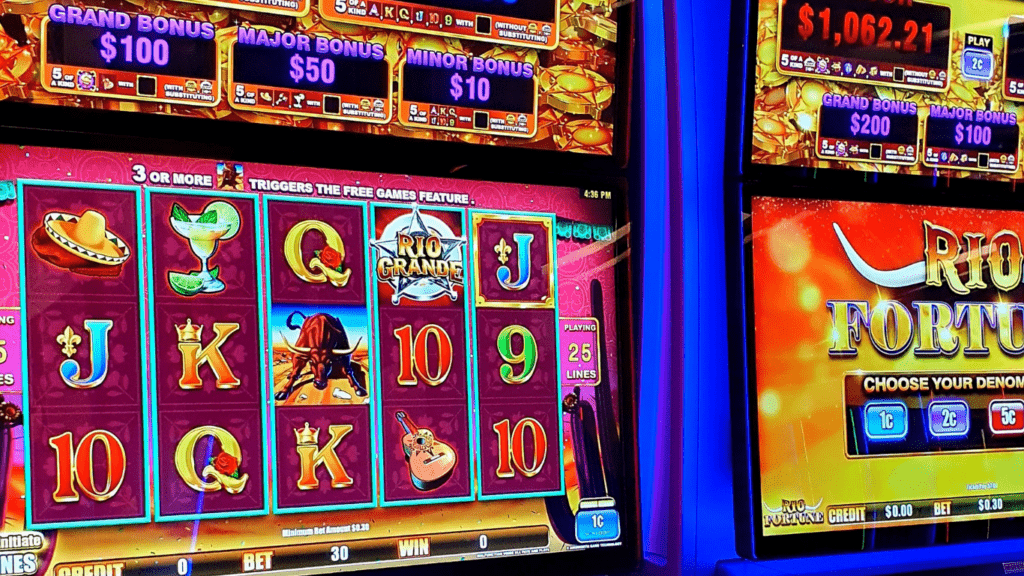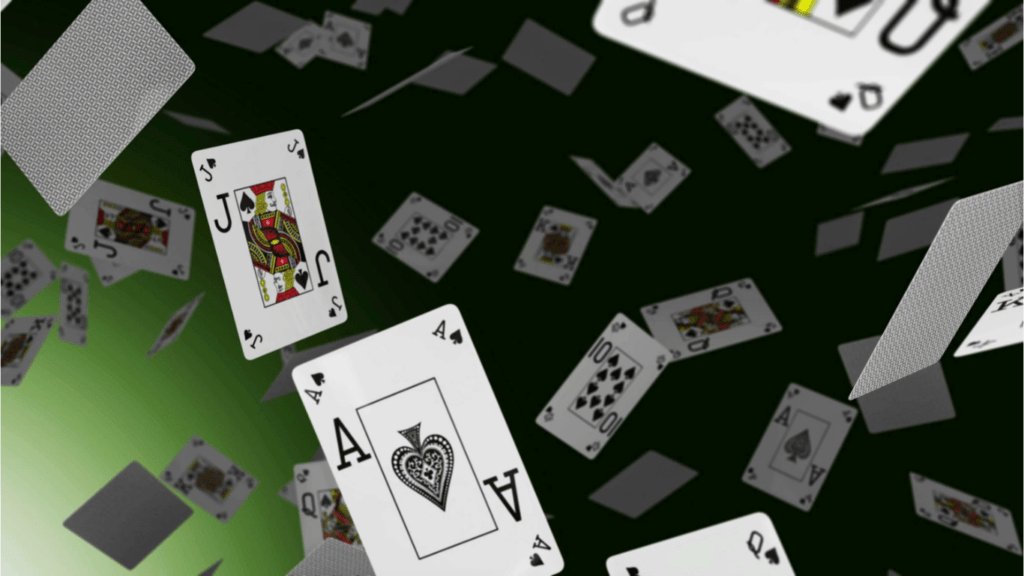what size puzzle for 3 year old
Choosing the right puzzle for a 3-year-old can make a big difference in how much they enjoy it and what they learn. Many parents want to know: what size puzzle for 3 year old is best? The answer isn’t just about the number of pieces. The size, type, and subject matter all play a part in making a puzzle age-appropriate and fun.
Why Size Matters
Three-year-olds are making big jumps in fine motor skills and problem-solving. Puzzles help with both. The size of the puzzle pieces should match their developing hands and coordination. At this age, large, chunky pieces are ideal. They’re easier for little fingers to grasp and reduce the risk of frustration. Plus, large pieces are less likely to be swallowed—important for safety.
In terms of the puzzle itself, a board or floor puzzle typically ranges from 6 to 24 pieces for this age group. More pieces doesn’t always mean better. It’s about balance: enough challenge to keep them interested, but not so tough that it’s overwhelming.
Typical Puzzle Recommendations
For a 3-year-old, look for puzzles with these features:
- Piece count: 6 to 24 pieces
- Piece size: Large, chunky pieces (at least 2-3 inches in size)
- Material: Wood or thick cardboard is best for durability
- Visuals: Bright images, simple shapes, and familiar subjects (animals, vehicles, daily scenes) hold their attention
Board puzzles with pegs or knobs are also great. They give extra grip and can be easier for children who are just starting with puzzles.
What to Avoid
Avoid puzzles with small pieces or high complexity meant for older children. Tiny pieces are more likely to get lost (or swallowed), and complicated images can discourage a young child. Try to steer clear of puzzles with more than 24 pieces unless your child is showing advanced skills.
Pros of Age-Appropriate Puzzles
- Skill building: Age-appropriate puzzles help build confidence and cognitive skills like sorting, matching, and spatial reasoning
- Focus: The right puzzle size helps your child complete tasks, promoting patience and persistence
- Fun: Kids are more likely to find success—and fun—with puzzles they can actually finish
Cons If the Puzzle Is Too Hard
- Frustration: Too many pieces, small sizes, or complex designs can make a child give up
- Safety risks: Small pieces can be a choking hazard for young kids
- Loss of interest: If it’s always too difficult, kids might lose interest in puzzles altogether
Practical Tips
Start simple and increase difficulty as your child’s skills grow. Watch for signs of boredom or frustration. If they breeze through a puzzle, move up to more pieces. If it’s a daily struggle, try something easier. Rotate puzzles regularly to keep things fresh.
Conclusion
So, what size puzzle for 3 year old? Stick with large, chunky pieces and puzzles that have between 6 and 24 pieces. Choose sturdy materials and fun, colorful images. The right fit will keep your child challenged, entertained, and learning—a win all around.


